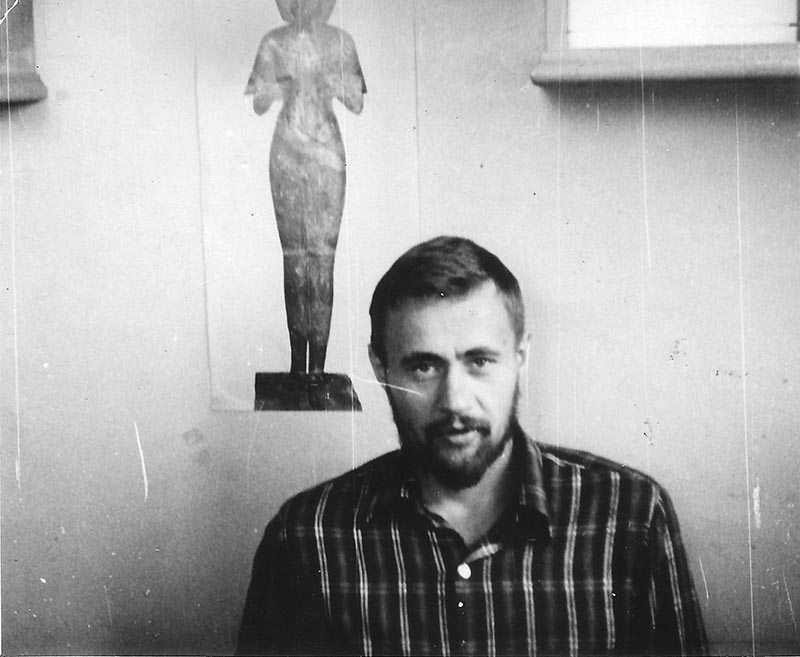
Жизнь каждого человека является уроком для тех, кто не только «имеет уши», но еще и «слышит». При этом встречаются люди, которые обладают особым притяжением, вызывая острый интерес у тех, кто «рядом с ними был».
MPTI-Biology.com > About
Eduard Maksimovich Peganov
This page contains misc. notes, stories, photos about Eduard
Maksimovich Peganov.
Send us more info - Lev.Selector (at) gmail.com
English translation is at the bottom of this page.
 |
Пеганов, Эдуард Максимович, МФТИ выпуск 1968,
работал в инт-те хирургии в Вишневского (биофизика ионных
каналов в биологических мембранах), позже переехал в Купавну
под Москвой. Жизнь каждого человека является уроком для тех, кто не только «имеет уши», но еще и «слышит». При этом встречаются люди, которые обладают особым притяжением, вызывая острый интерес у тех, кто «рядом с ними был». |
| Эдик Пеганов (так все его звали в лаборатории
биофизических исследований Института хирургии) не был
склонен раскрывать уровень своей личности каждому встречному
– таких тогда называли «скромный советский ученый». При этом ему поставили далеко не «скромную» задачу – впервые в СССР зарегистрировать ионные токи перехвата Ранвье нервного волокна. Этот перехват является природным электрическим генератором длиной 1 микрон, встроенным в нервное волокно толщиной 20 микрон. |
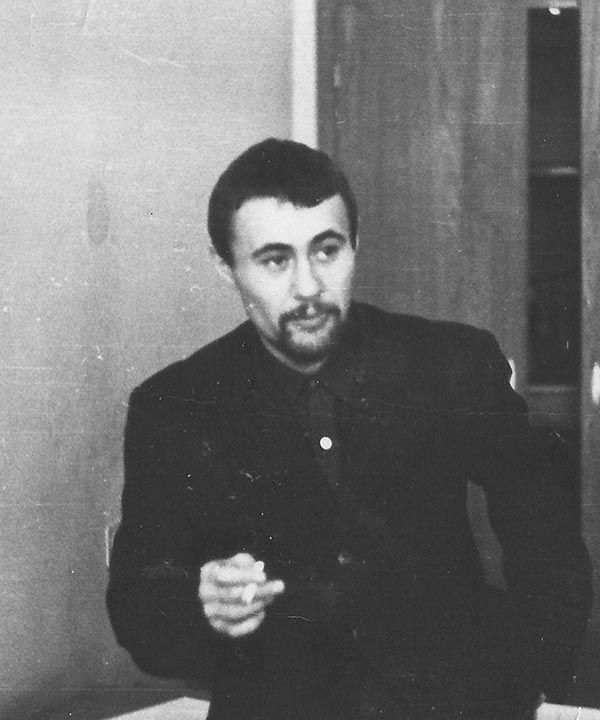 |
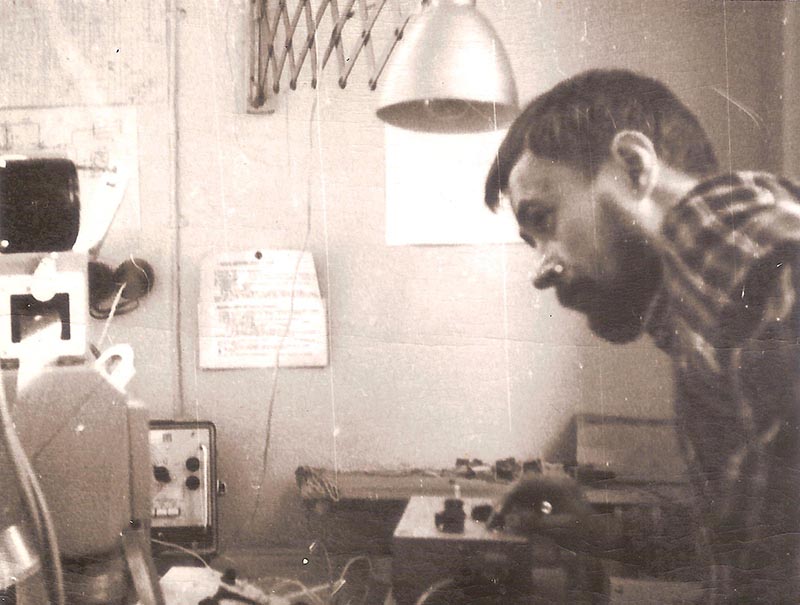 |
Чтобы его изучать, надо научиться выделять путем микрохирургических операций одиночное волокно на протяжении 2 мм (длинная ниточка под микроскопом), увидеть на нем крошечный перехват в виде поперечной черточки, а дальше – пройти долгий путь привязки такого неудобного объекта к измерительной системе, которую еще надо приручить и приспособить для восприятия малых электрических сигналов. |
| На каждом этапе «подводные камни». Например,
если во время выделения одиночного волокна (процедура длится
около 1 часа) препаровальные иглы его коснуться хотя бы один
раз, то препарат работать не будет. (А как этого избежать,
если иглы «пляшут» под микроскопом и раздражающе прилипают к
невидимой ткани окрест волокна? Движения экспериментатора должны быть точными в пределах нескольких микрон!). Обучение микрохирургии такого уровня требовало месяцы и годы тренировок. А дальше – этапы большого пути, ведь это волокно надо было каким-то образом соединить с электронными приборами, да и с приборами все было далеко не просто. |
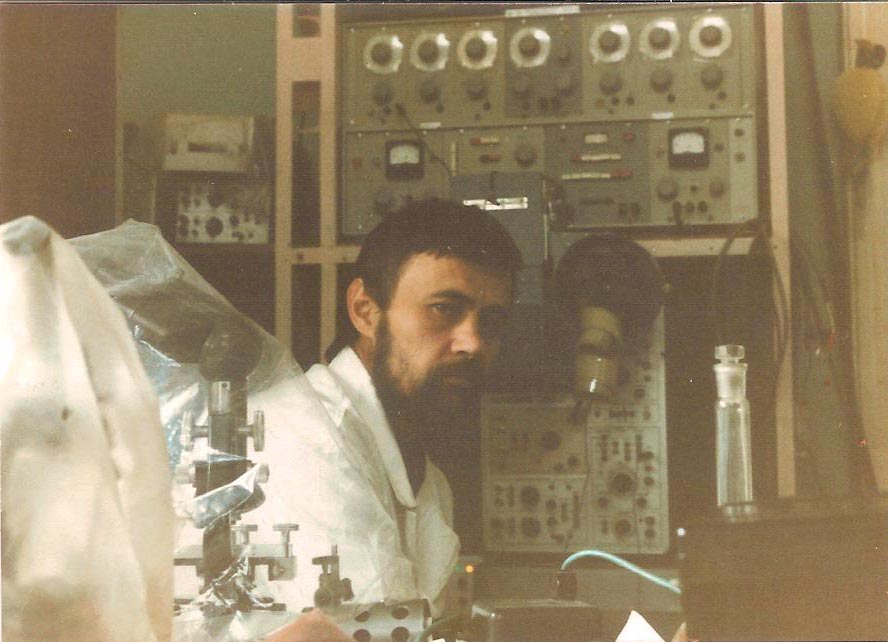 |
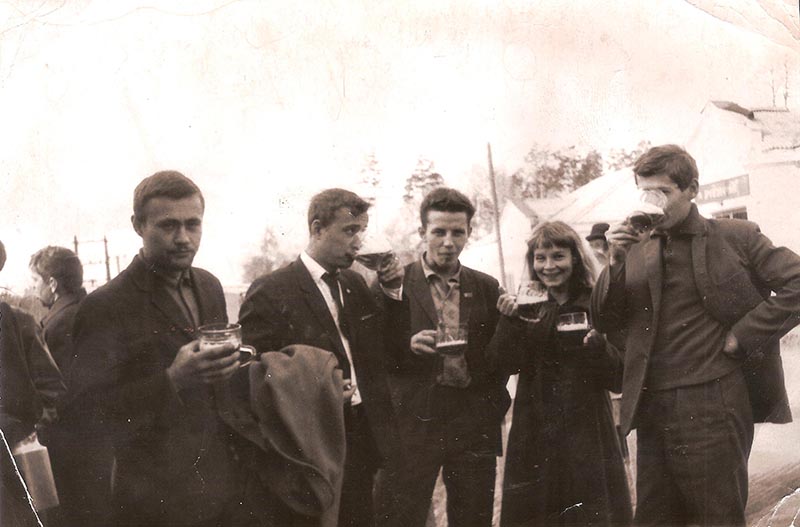 |
Отвлечемся: в те годы был известен алгоритм
решения новых задач. Для этого надо было убедить систему
послать молодого ученого учиться на Запад. Для Эдуарда это
был бы слишком простой путь. Он никогда не был конформистом,
что сильно осложняло его жизнь – но и притягивало друзей. |
| Эдвард взялся за дело, в котором шансов на
победу почти не было. Мне известна (С.Р.) организация, где
десятки лет работали с одиночными нервными волокнами, но так
и не сумели научиться регистрировать ионные токи перехвата
Ранвье – и это уже тогда, когда методика стала рутинной в
Москве и Ленинграде, да и отечественные приборы появились.
Искусство экспериментатора никто не отменял, и редко кто мог
в нем сравниться с Эдиком Пегановым. Когда я (студент С.Р.) пришел с ним знакомиться как со своим микрошефом, он работал на токарном станке. Увидеть такое среди биологов – почти чудо. Их инструменты – пробирки, пипетки, шприцы и т.п. А тут – токарный станок… Пришел студент, ну и ладно. Эдуард никого не собирался учить. Но и никому не отказывал в совете, если просили. |
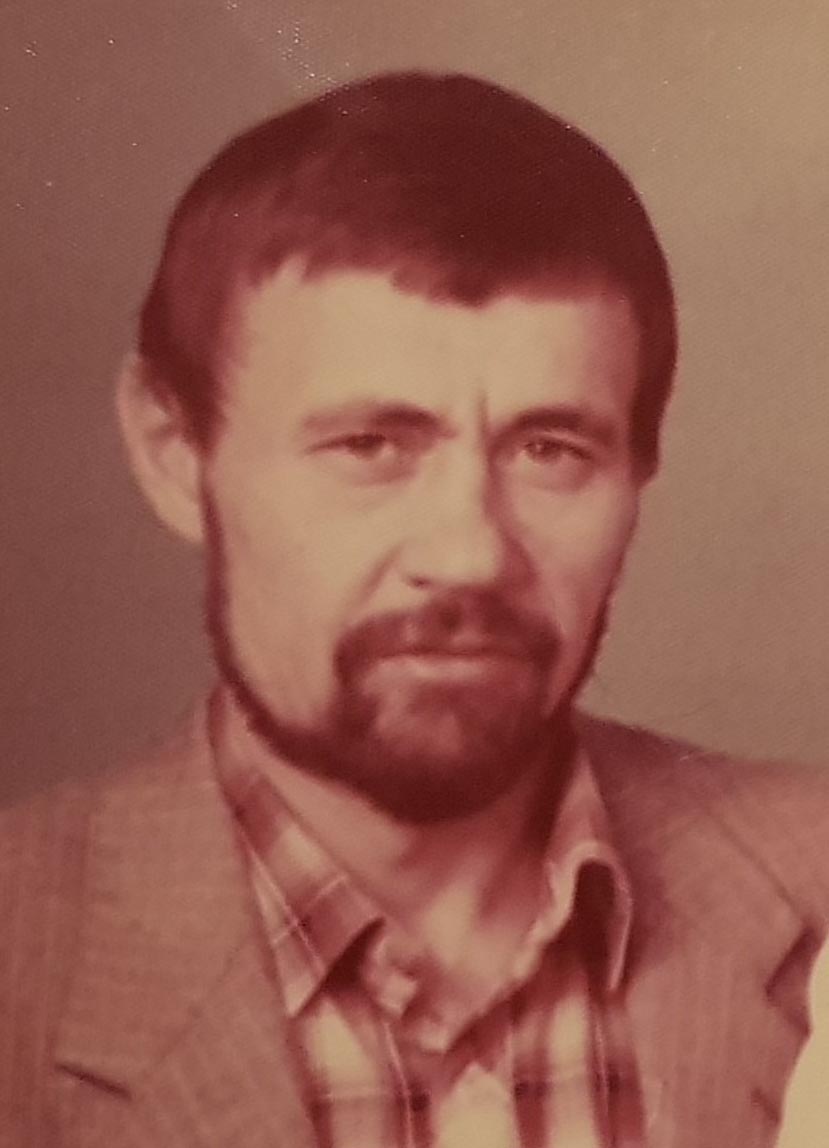 |
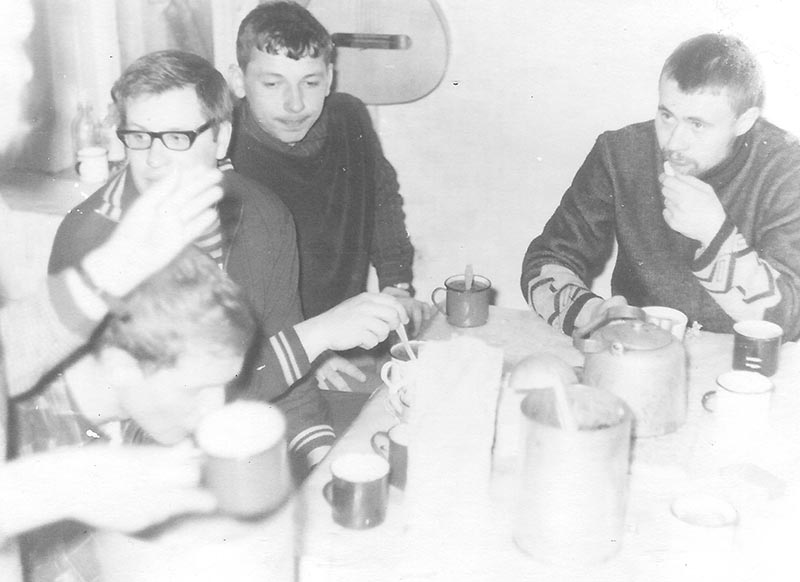 |
Более того, он делился уникальными
технологиями, которые сам и придумывал. Его подход –
готовность решить любую технологическую проблему и
психологическая уверенность в успехе. Еще раз подчеркну – не освоить известную технологию у западных учителей при непосредственной работе в их лаборатории, а самому создать ее заново, хотя и имея литературные ориентиры и зная принципиальную возможность получения результата. Не знаю, какой путь правильней – самому придумать, как ловить рыбу, или купить удочку с инструкцией. Но для Эдуарда здесь не существовало альтернатив. |
| Юбилей Бориса Израилевича
Ходорова (80 лет, 2002 год). Встреча сотрудников
лаборатории биофизических исследований
Института хирургии им. Вишневского. Стоят: Андрюс Юрявичюс, Эдик Пеганов, Заза Бендукизе, Люда Шаповалова, Сергей Ревенко, Наиль Бурнашев, Юра Зильбертер, Наташа Ленькова, Женя Ворновицкий, Аня Лифшиц, Олег Петров, Женя Тимин Сидят: Андрей Галкин, Вика Игнатьева, Борис Израилевич Хородов, Лариса Василец, Женя Белая |
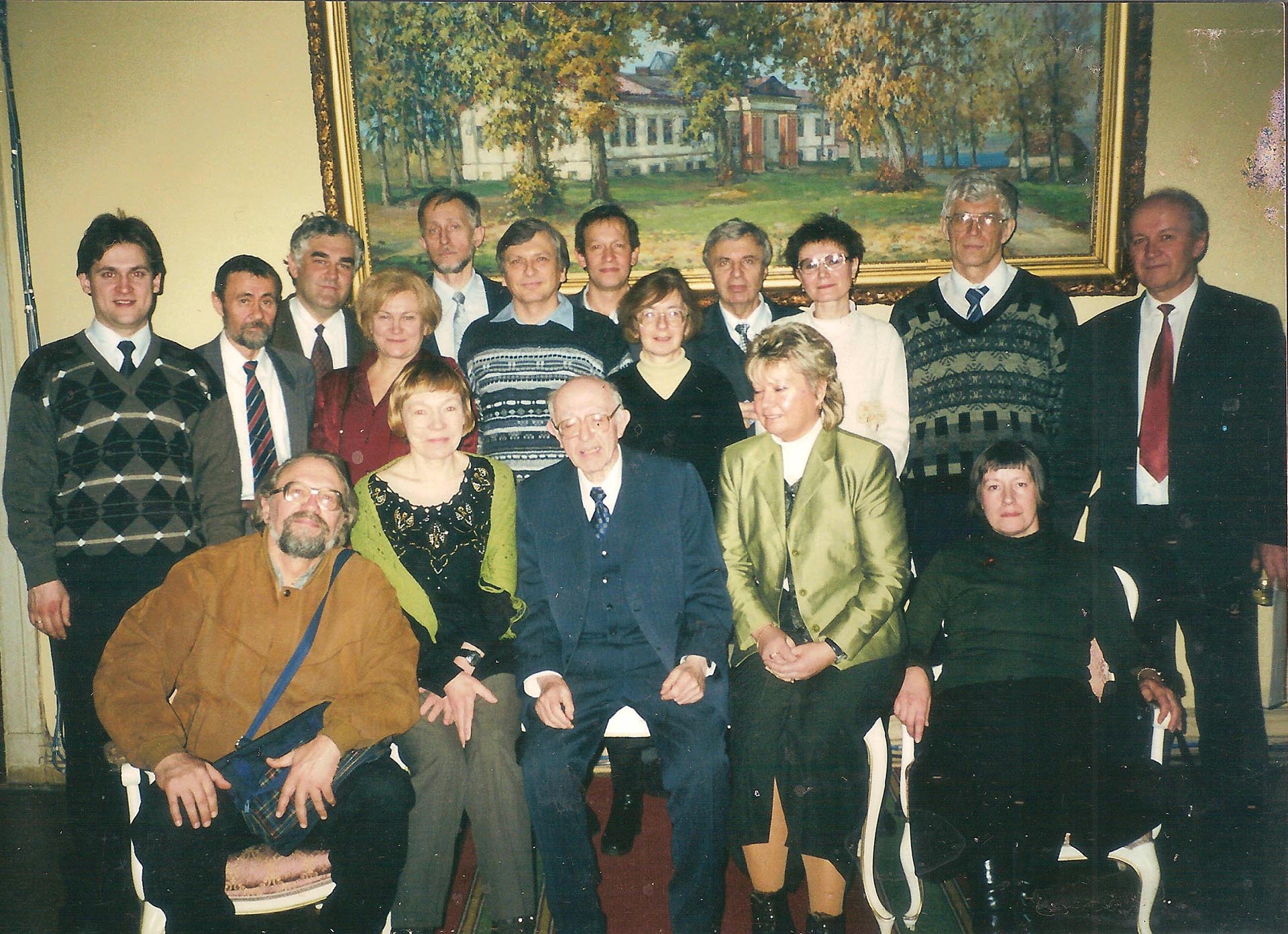 |
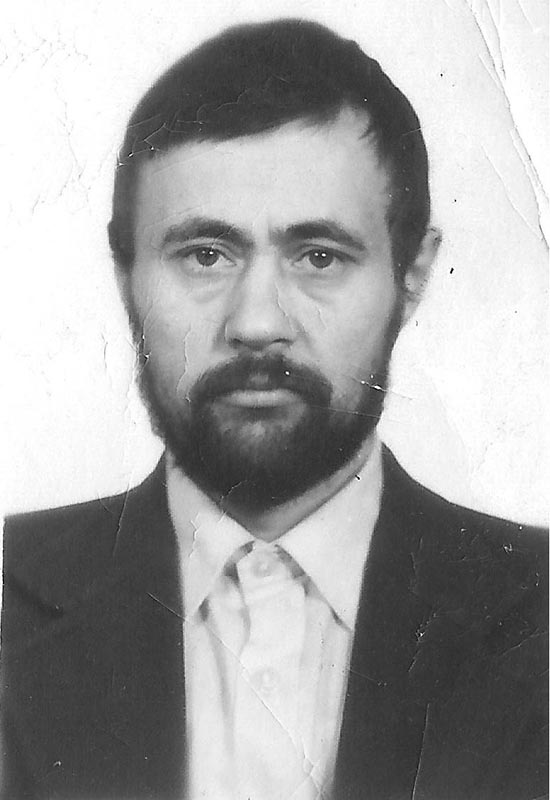 |
Он победил, получив первые в СССР записи
ионных токов перехвата Ранвье. Это было выдающееся
достижение. Далее было движение на основе освоенной
технологии и ряд научных побед. Наверное, самая яркая из них
– раскрытие механизма действия очень опасного нейротоксина,
известного как «батрахотоксин». В то время вокруг Эдуарда сформировалась группа соратников, непосредственно с ним работавшая по изучению механизмов действия этого токсина. Его лидерство было неоспоримым, хотя он не занимал никакой официальной должности – сейчас таких людей называют неформальными лидерами. Хотя по теме батрахотоксина работало несколько западных лабораторий, только группе Пеганова удалось первыми расшифровать его действие – случай редкий в биологической науке. |
| Достижения были отмечены государственной
премией - и вполне заслуженной - которую получили
руководители направлений (догадываемся, что премий Эдуард не
получал никаких и никогда – это нормально для многих
Российских ученых - да и не для премий они работают! У них
свой счет. «У советских собственная гордость»…). Победы Эдуарда Максимовича (они были и далее) основаны на его силе духа, и на глубокой убежденности, что «нам нет преград ни в море, ни на суше». Здесь есть о чем задуматься. Как появляются такие ученые, как Э.М. Пеганов? Обучение, диплом физтеха (даже тех лет, когда МФТИ был заслуженной легендой советского образования!) явно недостаточны для решения тех проблем, которые штурмовал Эдуард Пеганов. Откуда взялась такая сила? |
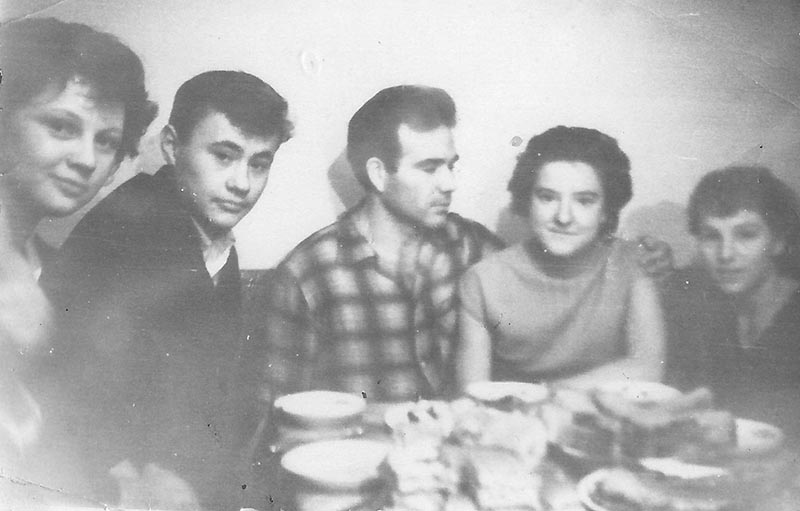 |
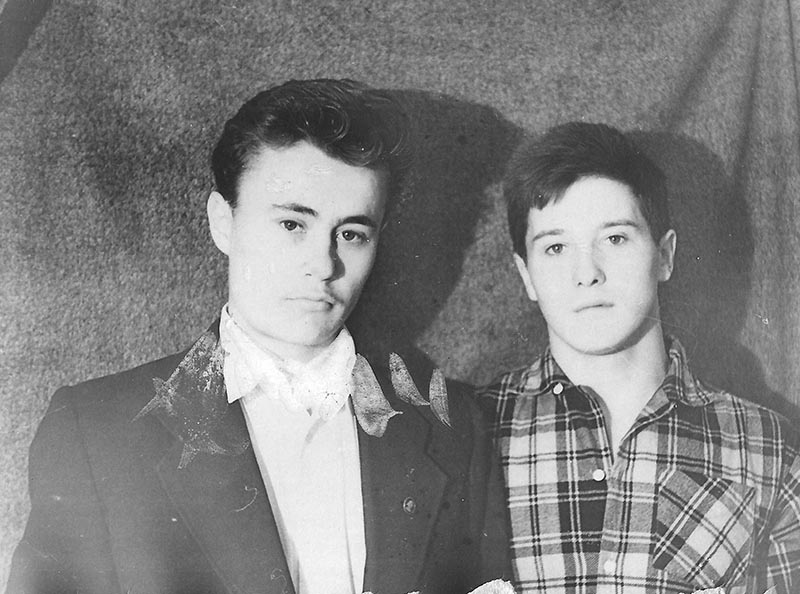 |
Детство в военных городках, постоянный
контакт с теми, кто еще вчера (а то и сегодня – Корейская
война как раз пришлась на время детства Эдика) был на фронте
– вот истоки силы его характера. Дальше как у всех – но начало не такое, как у детей сегодняшних безмятежных дней. Подобная аура хорошо передана в фильме «Покровские ворота» - тогда у детей был целый мир, населенный поразительно разными и интересными людьми, чего и близко нет в новых городах или коттеджных поселках. |
| Более того, этот реальный мир был еще более
богатым, чем показано в культовом фильме. Мне (С.Р.) удалось
его застать в малом провинциальном городе. Двор был целым
миром, где каждый взрослый мужчина – фронтовик. Они
создавали какую-то непередаваемую ауру уверенности и
надежности. Возможно сочетание тревоги (холодная война была
в разгаре, подростки ее остро чувствовали) и уверенности в
победе выковывали характер таких ученых, как Эдуард
Максимович Пеганов. Формально, у него практически не было учеников. Однако его влияние на научную молодежь в лаборатории было несомненным и продолжалось и тогда, когда многие стали самостоятельными учеными, работающими по всему миру. Например, его «неформальные» ученики сумели впервые в СССР записать сигналы одиночных С-волокон и оцифровать их (в 1985 году это было выдающимся достижением). Свет далекой звезды сохраняется и тогда, когда источник угас. |
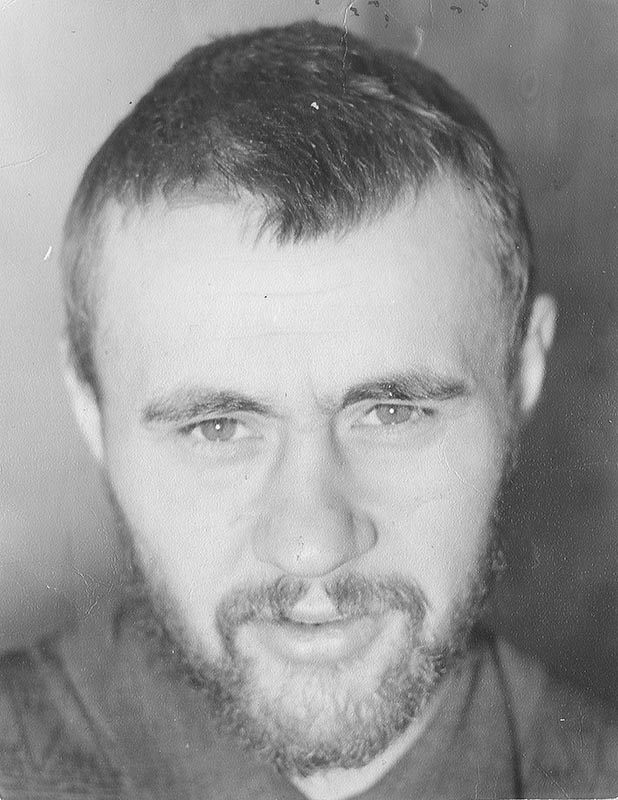 |
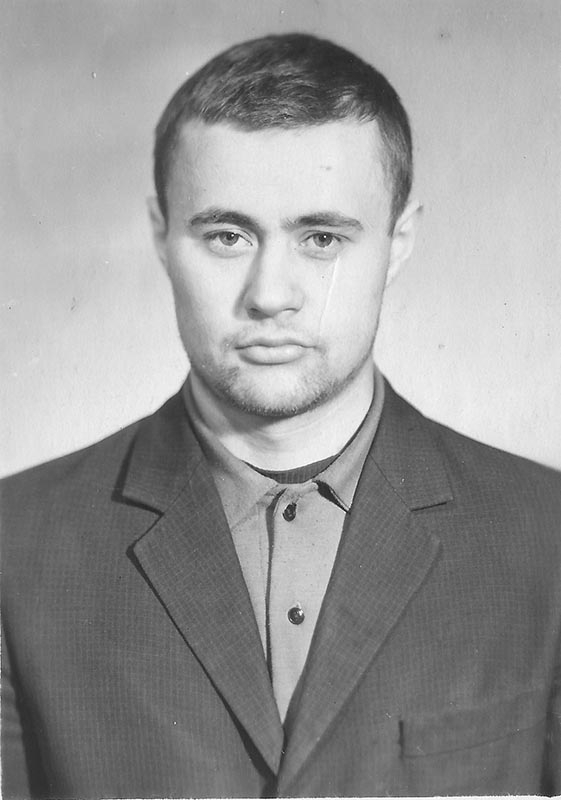 |
Пеганов Эдуард Максимович родился в 1943 году
в Забайкальском крае, г Чита, Россия. Получил среднее
образование по специальности техник-механик в
машиностроительном техникуме в Западной Сибири. Выпускник
Московского Физико-Технического института 1968 года по
специальности биофизика. Кафедра физика живых систем под
руководством профессора Льва Лазаревича Шика (о нем можно
прочитать на этом сайте). До поступления в аспирантуру МФТИ в 1970 г. работал в лаборатории бионики Института проблем управления АН СССР (моделирование рецепторных органов и поведения животных). В 1973 успешно закончил аспирантуру под руководством профессора Бориса Израилевича Ходорова, защитив диссертацию по проблеме инактивации на нервном волокне лягушки. Во время обучения в аспирантуре первым в СССР освоил технологию регистрации ионных токов перехвата Ранвье. |
| В 1973 году на основании исследований
процессов инактивации внёс поправку в известное уравнение
Ходжкина-Хаксли (Нобелевские лауреаты 1952 года), которое
являлось лучшей математической моделью механизма генерации
нервного импульса. Основанием для внесения поправки являлось обнаружение задержки процессов инактивации. Первым в мире расшифровал механизм действия особо опасного нейротоксина (батрахотоксина). |
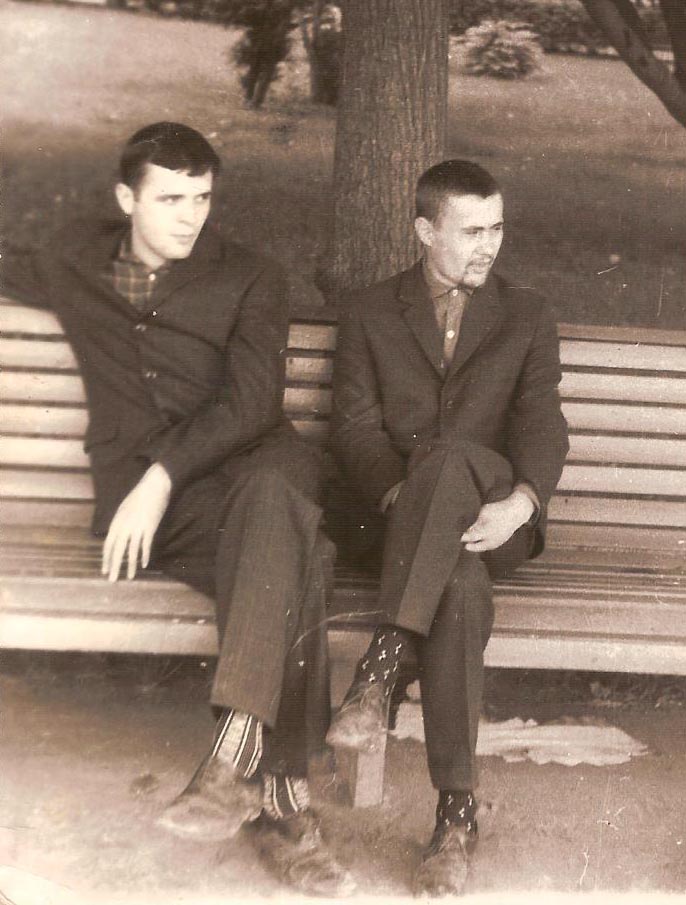 |
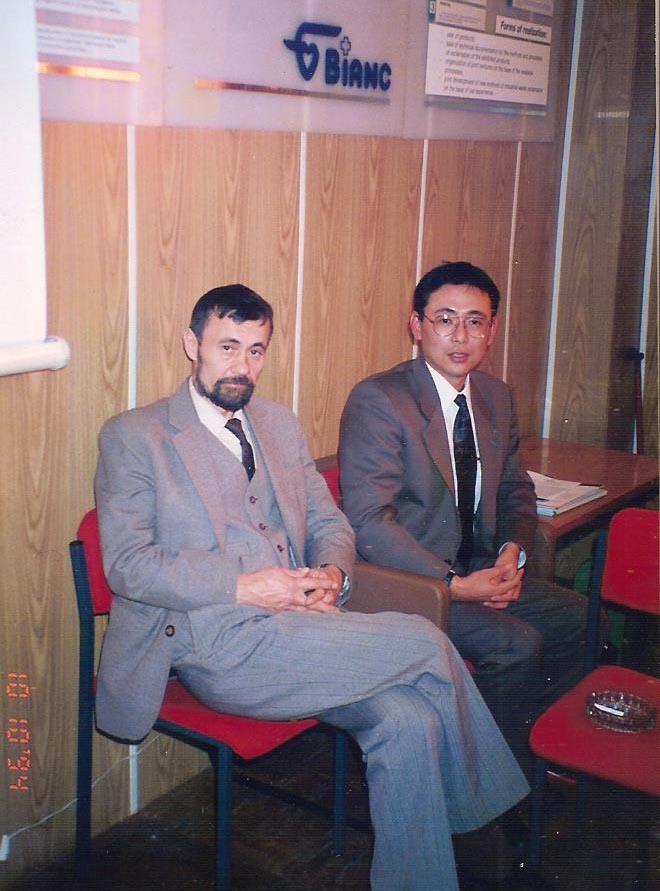 |
С 1973 по 1988 г. старший научный сотрудник
лаборатории биофизических исследований Института хирургии
им. А. В. Вишневского АМН СССР. Основная область исследований - механизмы генерации нервного импульса и влияние различных токсических факторов и фармакологических препаратов на работу ионных каналов в нервных и мышечных волокнах. Разработал способ получения интегрального показателя состояния белкового гомеостаза у ожоговых и септических больных. |
| С 1988 по 1994 - ведущий научный сотрудник
лаборатории психотропных препаратов и референт директора в
ВНЦ по безопасности биологически активных веществ. Автор 25
научных работ, опубликованных в отечественных и иностранных
журналах. С 1994 года по 2008 занимался переводами и реферированием статей, рецензированием и редактированием дипломных и аспирантских работ, научных и научно-популярных статей. |
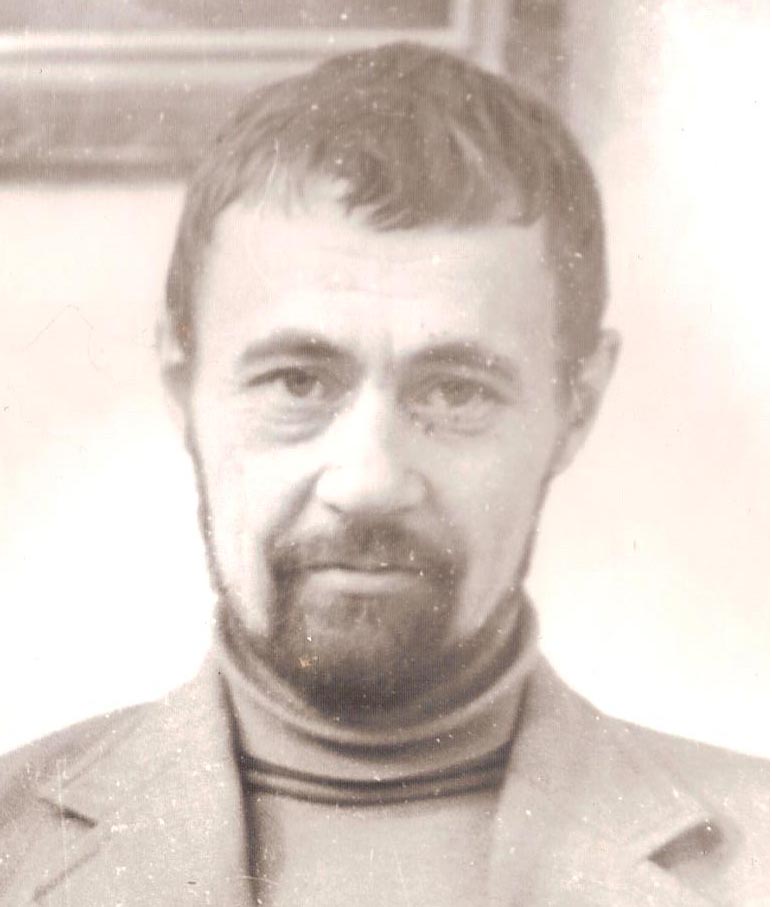 |
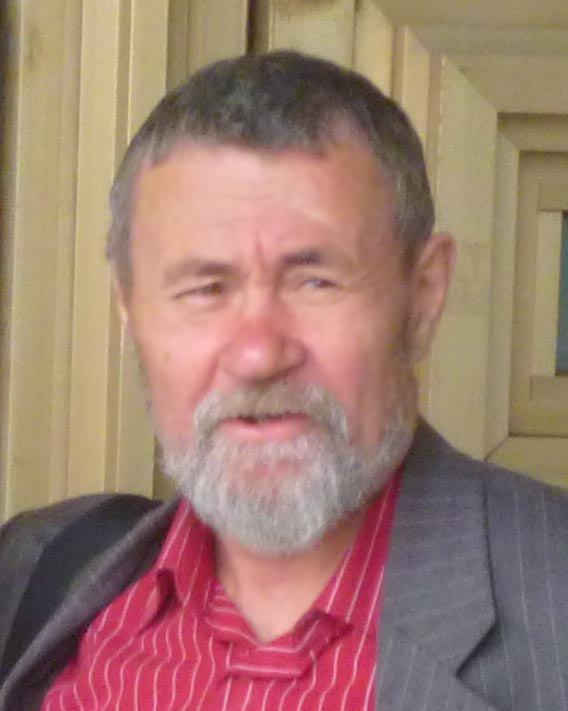 |
C 2008 до последних дней жизни он работал
в области геронтологии. В настоящее время его монография
из 12 глав готовится к публикации. В январе 2019 года Пеганов Эдуард Максимович скончался. |
Eduard Maksimovich Peganov graduated from Moscow Institute of Physics and Technology in 1968, and then he worked at the A.V. Vishnevsky Institute of Surgery (biophysics of ion channels in biological membranes) and later moved to Kupavna near Moscow. The life of each person is a lesson for those who not only "have ears", but also “listen to what the Spirit says”. At the same time, there are people who have special attractiveness inducing a keen interest among those “far and near". Edik Peganov (as everyone called him in the biophysical research laboratory of the Institute of Surgery) was not inclined to disclose the level of his personality to everyone he met. People like him were called simply as "modest Soviet scientist." At the same time, he was given a task which was far from being "modest" - to record the ionic currents in the nodes of Ranvier of nervous fibers. For the first time ever in USSR. The Ranvier node is a tiny (1 micrometer) natural electric generator embedded in a 20-micrometer nerve fiber (several times thinner than human hair). To study it, one should learn to isolate a single fiber along 2 mm length (looking like a long thread under microscope) using microsurgical operation, find a tiny interception in it in the form of a transverse dash, and then go a long way to couple this gentle object to the measuring system, which needs to be adapted to measure the very small electrical signals. There were pitfalls at every step. For example, if during isolation of a single fiber (the procedure lasts for about 1 hour), the dissecting needles touch it even just once, then the specimen will not work. (And how to avoid it if the needles shake and dance under the microscope and annoyingly stick to the invisible tissue around the fiber? The experimenter's movements must be accurate within a few microns!). Microsurgery training at this level required months and years of training. And then (the stages of a long journey) this fiber had to be somehow connected with electronic devices, which were original and should be tamed. Let’s digress: in those years, an algorithm for solving new scientific problems in USSR was known. To do this, one could convince the "system" to send a young scientist to study abroad. For Edward, this would be too easy. He was never a conformist, which greatly complicated his life - but also attracted the friends. Edward took on himself the task, which obviously had no chances of success. There is an institute where scientists worked with single nerve fibers for decades, but failed to learn how to detect ionic currents of Ranvier nodes, and this was already when the technique became routine in Moscow and Leningrad, and domestic electronic devices had become available. This task required the experimenter's art, and hardly anyone could compare in it with Edik Peganov. When I (S.R.) came to the lab as a student to introduce myself to him, he worked on a lathe. To see this among biologists is almost a miracle. Their instruments are test tubes, pipettes, syringes, etc. And here - a lathe ... A student came, well, okay. Edward was not going to teach anyone. But he did not refuse to answer questions and give advices and hints when asked. Moreover, he was sharing unique technologies that he himself had invented. His approach was a willingness to solve any technological problem and psychological confidence in success. I emphasize once again that his approach was not to learn the well-known technology from Western teachers while working at their laboratories, but to create it again from scratch, only having some guidelines from the literature and knowing the fundamental possibility of obtaining a result. I don’t know which way is better - to figure out how to fish yourself, or to buy a fishing rod with instructions. However, for Edward there were no alternatives. ============ Group Photo if the anniversary of Boris Izrailevich Khodorov (80 years, 2002). A meeting of employees of the laboratory of biophysical research of the Vishnevsky Institute of Surgery. Staying: Andryus Yuryavichyus, Edik Peganov, Zaza Bendukize, Luda Shapovalova, Sergey Revenko, Nail Burnashev, Yura Zilberter, Natasha Lenkova, Eugeniy Vornovitsky, Anya Lifshits, Oleg Petrov, Eugeniy Timin Sitting: Andrei Galkin, Vika Ignatieva, Boris Izrailevich Khorodov, Larisa Vasilets, Zhenya Belaya ============ He had won, he had registered (first in the USSR) the ion currents of Ranvier nodes. It was an outstanding achievement. Next followed a set of scientific victories based on the technological foundation he had built. Probably the most striking of these achievements was the discovery of mechanisms of action of a very dangerous neurotoxin, known as “batrachotoxin”. At that time, a group of associates formed around Edward, who worked directly with him to study the mechanisms of action of this toxin. His leadership was undeniable, although he did not hold any official position. Nowadays such people are called informal leaders. Although several Western laboratories worked to discover the mechanism of batrachotoxin action, the Peganov's group was the first to decipher its effect - a rare case in biological science. Achievements were marked by a State Prize, and truly well-deserved one, which was granted to managers and leaders of scientific directions at their “high places”. Edward did not receive any prizes ever - this is typical for many Russian scientists. They are working not for prizes! They had their own account. “The Soviets have their own pride" … . The victories of Eduard Maksimovich (there were more of them) were based on his strength of mind, and on his deep conviction that "we have no barriers either in the sea or on land." There is something to think about. Where do scientists like E.M. Peganov come from? Education, a MFTI diploma (even back then when the Moscow Institute of Physics and Technology was a well-deserved legend of Soviet education!) were clearly not enough to solve the problems that Eduard Peganov had stormed. Where had such a force come from? Childhood in military cities, constant contact with those who were at the front just yesterday (or even today - the Korean War at the time of Edik’s childhood), - this was the source of the strength of his character. His further life was quite common, but the beginning was not the same as that of the children of today's serene days. A similar aura is well conveyed in the film "Pokrovskie Gates". Back then the children had a whole world inhabited by amazingly different and interesting people. This doesn't exist in modern cities or cottage villages. Moreover, this real world was even richer than shown in the cult film. I (S.R.) had lived in this world in a small provincial town. The yard was a whole world where every adult man was an acting or former front-line soldier. They created some indescribable aura of confidence and reliability. Perhaps a combination of anxiety (the Cold War was in full swing, teenagers acutely felt it) and confidence in the victory forged the character of scientists like Eduard Maksimovich Peganov. Formally, he had practically no students. However, his influence on the scientific youth in and out of the laboratory was undeniable and continued even when many had become independent scientists working all over the world. For example, his "informal" students were able to record signals of single nerve C-fibers and digitize them for the first time in the USSR (in 1985 this was an outstanding achievement). The light of a distant star is still shining even when the source had long faded. Below is a brief biography of E. M. Peganov. Peganov Eduard Maksimovich was born in 1943 in the Zabaykalsky Krai, Chita city, Russia. He had received a secondary education in the specialty of a mechanical engineer in a technical college in Western Siberia. He has graduated from the Moscow Institute of Physics and Technology in 1968 with a degree in Biophysics. Then he worked in Department of Physics of Living Systems under the guidance of famous and legendary Professor Lev Lazarevich Shik (you can read about him on this site). He worked at the bionics laboratory of the Institute of Control Sciences of the USSR (modeling the receptor organs and animal behavior). In 1970-1973 at MIPT Graduate School he had successfully completed postgraduate studies under the direction of Professor Boris Izrailevich Khodorov. His had successfully defended his dissertation on the problem of inactivation on the nerve fibers. During the postgraduate studies, he was the first in the USSR to master the technology of detecting ion currents of Ranvier nodes. In 1973, on the basis of his studies of the process of inactivation, he had amended the well-known Hodgkin-Huxley equation (Nobel Laureates of 1952). This model was the best mathematical model of the mechanisms of nerve impulse generation. The basis for the amendment was Edik's discovery of the delay in the inactivation processes. He was the first in the world to decipher the mechanism of action of a very dangerous neurotoxin (batrachotoxin). From 1973 to 1988, he was the Senior Researcher at the Biophysical Research Laboratory of the Institute of Surgery. A.V. Vishnevsky AMS USSR. His main area of research was the mechanisms of nerve impulse generation and the influence of various toxic factors and pharmacological preparations on the operation of ion channels in nerve and muscle fibers. He had developed a method for obtaining an integral indicator of the state of protein homeostasis in burn and septic patients. From 1988 to 1994 - Leading Researcher at the Laboratory of Psychotropic Drugs and Assistant Director at the National Scientific Center for the Safety of Biologically Active Substances. The author of 25 scientific papers published in domestic and foreign journals. From 1994 to 2008 he was engaged in translating and summarizing articles, reviewing and editing graduate and post-graduate works, scientific and popular science articles. From 2008 until the last days of his life he worked in the field of gerontology. Currently, his 12-chapter book is being prepared for publication. Peganov Eduard Maksimovich has died in January 2019. |